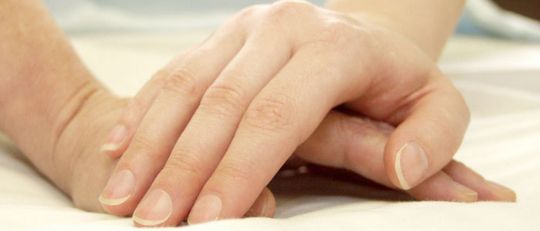We, at Elwood, are saddened to learn of your loss. We want you to know that we will be with you during this difficult and painful period and will always be available to offer support.
The first responsibility at this moment, though, is to make all the necessary arrangements so that the deceased may be respectfully brought to eternal rest as soon as possible and in the most dignified manner, in accordance with our sacred traditions. It is for this reason that we share with you the following important information. Should you have any queries please do not hesitate to contact the Rabbi or the Shule Office.
Shule Office: 9531 1547
Rabbi Gavriel: 0412 542 545
Chevrah Kadisha: 9534 0208 (24hr phone line)
Who Mourns:
The laws of mourning are incumbent upon seven first-degree relatives of the deceased: son or daughter, brother or sister, father or mother, and spouse. Other relatives and friends form the outer circle and offer support and comfort to the primary mourners.
Aninut:
The first, most intense period of mourning is the period between the death and the burial. This period, is called aninut. It is during this period that the rending of the garments as a sign of grief, is performed. The common custom is that the first degree mourners tear their clothes during the funeral ceremony, before the burial. The torn item of clothing is worn for the week of Shivah bar the Shabbat.
The Shivah:
The Shivah begins after the burial and extends to the morning of the 7th day. The distinguishing feature of the Shivah is that the mourners take a complete break from the routine of everyday life, they remain at home and are visited by family and friends.
Condolence Meal:
When the mourners arrive home following the burial, they are given a special meal of condolence —traditionally, bagels and hard-boiled eggs, the round shape being symbolic of the cycle of life. The House of Mourning: For the entire week of the Shivah, the mourners remain in the house of mourning and their relatives and friends come to console and participate in prayers. During the prayer services the mourners recite the Kaddish.

Covering the Mirrors:
It is a tradition to cover the mirrors in the house of mourning. Some also cover pictures.
“Sitting” Shivah:
It is an ancient Jewish tradition that mourners do not sit upon chairs of normal height, but rather on low stools.
Leather Shoes:
The mourner forgoes the comfort of leather shoes.
Grooming:
The mourner does not shave or cut their hair nor bathe for pleasure.
Shabbat:
During Shabbat, all displays of mourning are suspended and they may leave the house of mourning to attend services and recite the Kaddish in the synagogue. The torn clothing is not worn on Shabbat.
End of Shivah:
Shivah ends on the morning of the 7th day after burial (the day of the burial counts as the 1st day).
The Shloshim and the First Year:
As the mourner resumes their everyday routine, certain mourning practices are continued for a period of thirty days. In the case of a person mourning the passing of a parent, these mourning practices extend for a full year.
Daily Minyan:
A minyan should ideally gather for the 3 daily prayers in the house of mourning, so that the mourners can recite the Kaddish or mourners may attend services with the congregation.
Memorial Candles:
Candles should be kindled in the house of mourning in memory of the deceased upon returning from the cemetery and kept burning for the entire 7 day period. A long burning candle is usually used.